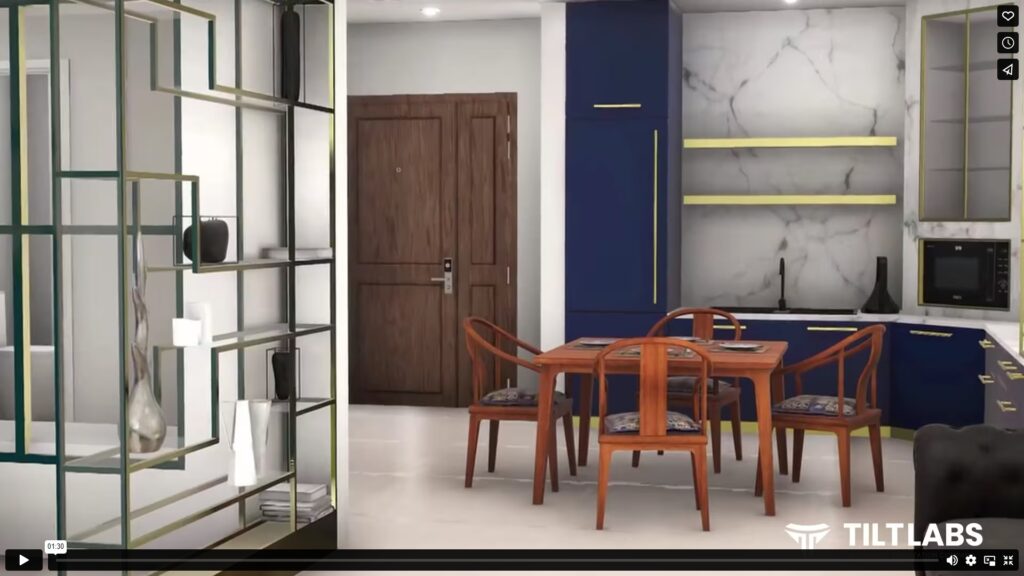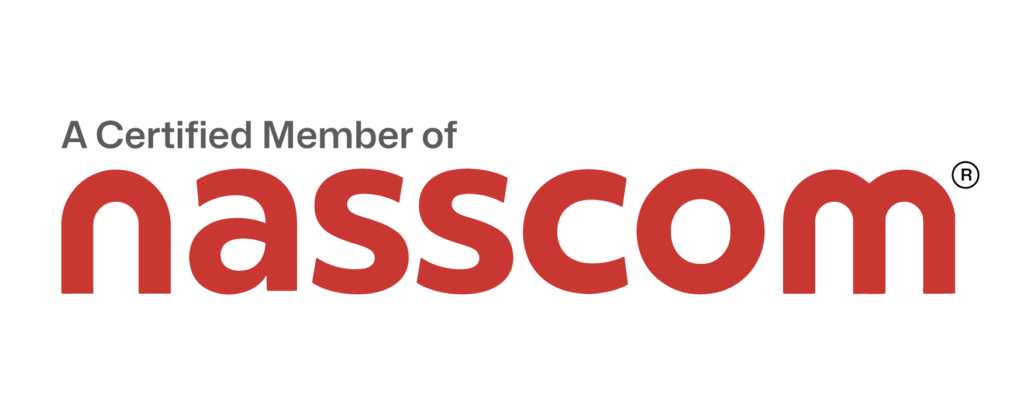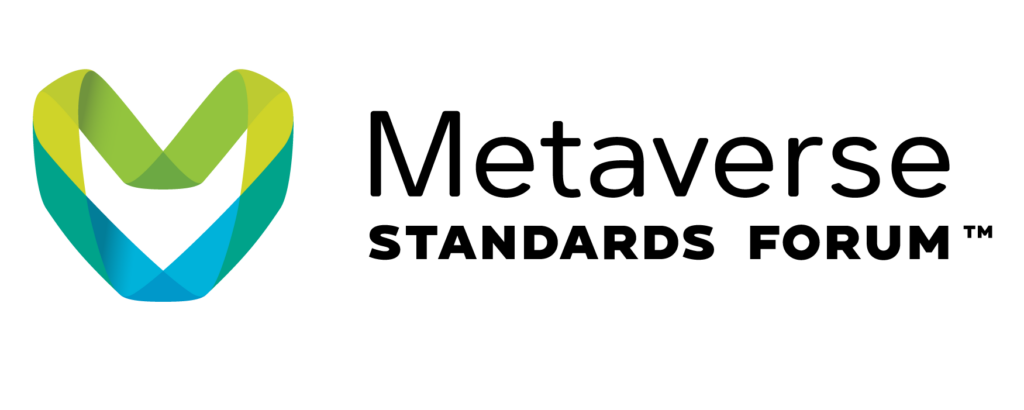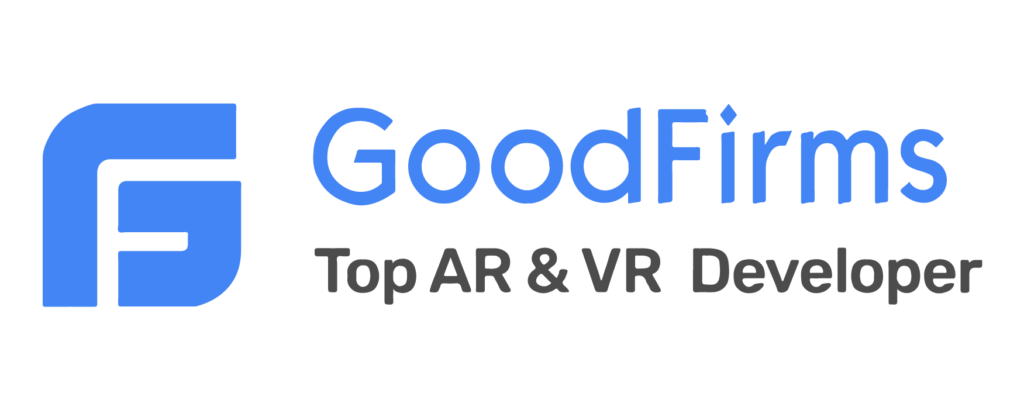The Transformative Power of 3D Modeling in Advertising

The world of advertising is more visual than ever before. In today’s crowded media landscape, brands must deliver eye-catching, immersive experiences to capture consumer attention. This is why 3D modeling has become a vital asset for modern advertising campaigns across mediums.
Integrating 3D models into ads provides unmatched visual storytelling. It allows products to be shown in realistic, interactive environments that feel lifelike and tangible to audiences. In a society where consumers are exposed to 5,000 ads daily, 3D stands out as a way to break through the noise.
According to recent industry surveys, over 65% of marketers say 3D modeling provides a good to excellent return on investment. As the technology continues advancing, 3D is expected to become a core component of successful advertising strategies. This article will explore why 3D modeling is an indispensable tool for contemporary advertising.
Bringing Products to Life
One of the biggest benefits 3D provides advertisers is the ability to showcase products in fully realized environments. Rather than displaying a product against a blank background, brands can immerse it in dynamic, photorealistic scenes.
For example, an advertisement for a new car can depict it navigating along coastline roads or sleek cityscapes. This allows audiences to envision themselves in the driver’s seat, experiencing what it would truly feel like to own that vehicle. The 3D models turn stagnant ads into cinematic worlds.
These realistic product visualizations have proven to boost engagement and conversion rates. In a study by IAB, ads with 3D product models were 27% more likely to prompt consumers to seek more information. Bringing products to life in immersive 3D gets audiences actively engaged.
Better Than Reality
3D modeling also provides creative freedom to stage products in aspirational settings that amplify their appeal. For instance, a watch brand can showcase its timepiece on the peak of a mountain or along a remote hiking trail. A travel company can depict a resort destination with idealized weather, landscapes, and amenities.
These fantasy-driven ads allow products and services to be framed in enviable scenarios that feel tangibly real, thanks to 3D modeling. Research indicates that 3D ads are 43% more memorable than regular 2D ads. By combining data-driven design with imaginative settings, 3D ads leave lasting impressions.
Dynamic Interactivity
3D opens new possibilities for interactive ads. Rather than remaining static, 3D-modeled objects can be rotated, zoomed, and customized by audiences. This creates a participatory experience that pulls viewers into the ad.
Food and beverage brands often enable users to spin 3D packaging models or rotate ingredients to view them from all angles. Automotive companies let users customize vehicles, changing paint colors and trims instantly. Retailers allow trying on and interacting with 3D clothing and accessory models.
According to studies, ads with interactive 3D elements have up to 94% higher click-through rates. Giving audiences control over the experience boosts their engagement and brand recall.
VR/AR Integration
As virtual and augmented reality gain adoption, 3D models bridge the gap between digital and physical worlds. Brands like Coca-Cola, Volvo, and Johnnie Walker have created mobile apps that use AR to project interactive 3D models into real environments.
IKEA’s Place app, for example, lets users visualize 3D models of products like furniture and décor in their actual living spaces before purchasing. The ability to see items in context this way mitigates uncertainty, boosting conversion rates.
Looking ahead, VR headsets will enable lifelike simulated showrooms. Automotive brands can provide virtual test drives; retail brands can create digital dressing rooms, etc. 3D modeling is key for creating these next-gen immersive brand worlds.
Rapid Experimentation
One of the most significant advantages of 3D is enabling rapid iteration compared to traditional shoots. Photorealistic mockups can be created in minutes rather than hours or days. This allows testing many variations – adjusting colors, materials, lighting, and compositions – to optimize ads before investing in full production.
With agile 3D modeling, advertisers can respond quickly to feedback. Graphic requirements or product variants can be changed on the fly. This flexibility empowers advertisers to refine and tailor ads to their audiences.
Data-Driven Insights
3D models are built programmatically using real-world data. For example, digital shape files from manufacturers can be imported to construct product models. Architectural plans are converted into 3D building models. Even human models are designed from statistical dimensions.
This ability to integrate data, measurements, and digital assets makes 3D models accurate and informative. Brands gain rich insights into how products are engineered. Design teams can perfect details like ergonomics and functionality. Data-driven 3D models enable the recreating of real objects digitally.
Moreover, digital 3D models can be examined using analytics tools. Advertisers can evaluate sightlines, lighting, spatial relationships, and more to optimize ads. This enhances decision-making when planning shots and directs investments toward the performing concepts.
Mainstream Adoption
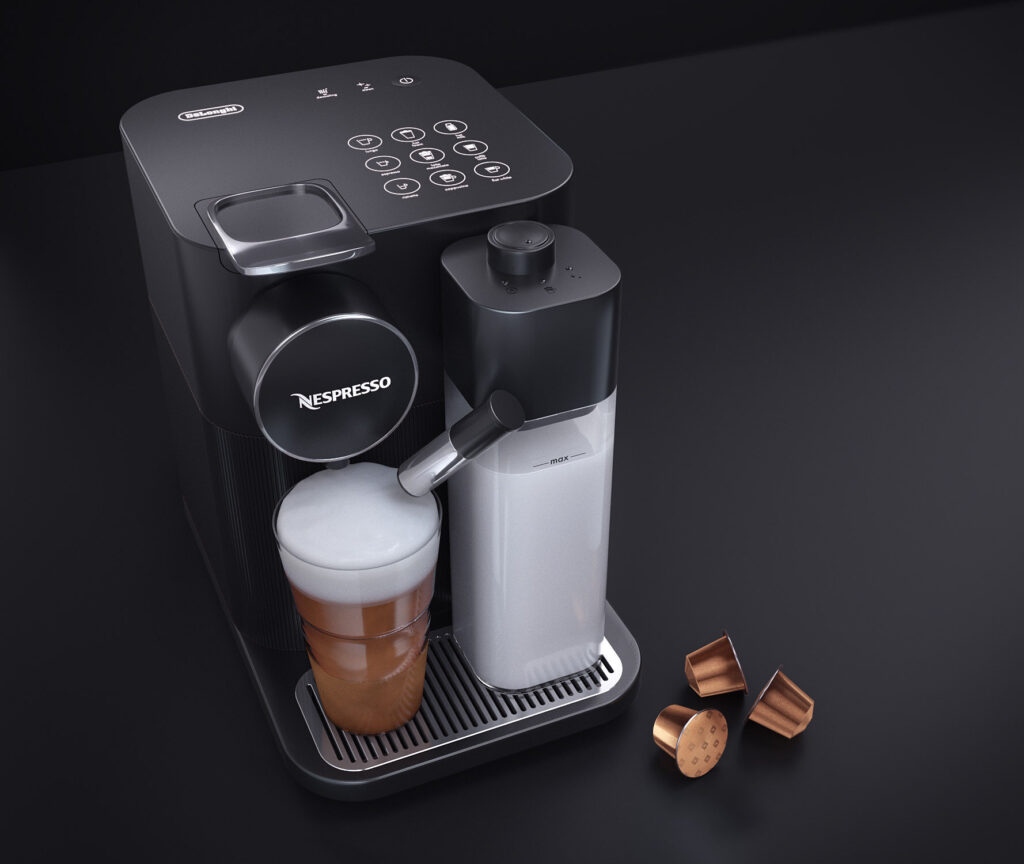
3D is entering the mainstream advertising world thanks to more affordable tools and scalable production pipelines. Creating 3D visuals once required specialized skills. But user-friendly creative programs today like Blender empower designers, animators, and artists to produce professional 3D content.
Streamlined workflows utilizing asset libraries, cloud rendering, and reusable objects allow agencies to scale 3D efficiently. This has made integrating 3D modeling into campaigns more accessible for brands of all sizes and budgets.
According to Adobe’s 2023 Digital Trends Report, over 80% of agencies are expanding their 3D modeling capabilities. As adoption grows, 3D quickly transitions from a novelty to an essential part of impactful advertising.
Why Choose 3D Modeling Experts?

To leverage 3D modeling most effectively, partnering with specialized visualization experts is highly advantageous. Some key benefits include:
- Professional grade quality – Top studios utilize cutting-edge tools and employ artistic and technical talent to achieve first-class visual fidelity. Their years of experience translating concepts into 3D photorealism are invaluable.
- Problem-solving skills – Experts with deep 3D knowledge can overcome creative and production challenges. They can advise on best-translating ideas to 3D and identify efficient technical approaches. Their strategic input helps avoid issues.
- Resource optimization – By managing the entire 3D workflow, studios optimize client budgets. They guide maximizing value from 3D assets. Strategies like reusing model components and establishing style guides reduce overhead costs substantially over time.
- Speed and agility – End-to-end expertise allows studios to deliver 3D ads faster. They establish streamlined systems and pipelines attuned to advertising needs. Their round-the-clock production capabilities enable quick campaign iteration.
- Future-focused – Leading firms invest in tomorrow’s 3D technology like AR, VR, and real-time rendering. They stay ahead of the curve so clients benefit from the latest innovations while minimizing risk.
The ROI of collaborating with experienced 3D visualization professionals makes it a smart long-term approach as part of an advertising strategy.
The Future of 3D Modeling & Rendering in Advertising
3D is transforming from a novel branding tool to an essential advertising capability. As consumers expect more immersive brand interactions, 3D modeling and rendering will become vital in storytelling across platforms. Key trends shaping its future role include:
- Transitioning from static to animated – Motion graphics made possible by real-time rendering will allow brands to produce 3D ads with cinematic animated storytelling. This dynamic media better engages audiences.
- Scaling across channels – The lines between broadcast commercials, digital/social advertising, AR experiences, and more will blur. Adaptable 3D assets will work holistically across platforms for integrated campaigns.
- Customization and personalization – As ads become more interactive, 3D will enable changing products and environments to match individual viewer data and respond to their inputs for a tailored experience.
- Decision-making simulations – Photoreal 3D worlds will allow consumers to explore the outcomes of decisions. For example, they are choosing various options for a new car and seeing their real-time impact on appearance, capabilities, and driving experience.
- AI-assisted creativity – Generative design innovations will allow AI and humans to collaborate to produce 3D ads. Algorithms augment creativity by automatically iterating designs in response to creative direction.
These capabilities will enable brands to forge new levels of engagement through 3D storytelling. As digital firmly becomes a reality, 3D modeling elevates advertising into experiential mediums that provide utility and meaning.
Conclusion
From product visualization to VR environments, 3D modeling empowers advertisers to connect with audiences in deeper and more memorable ways. It provides unmatched freedom to inform, inspire, and interact through visual media. As platforms and possibilities for 3D in advertising continue evolving, skillful 3D applications will determine which brands cut through the noise. Partnering with specialists allows advertisers to implement 3D modeling most effectively while optimizing resources. With society becoming increasingly digitally focused, leveraging 3D is essential for advertising success.
